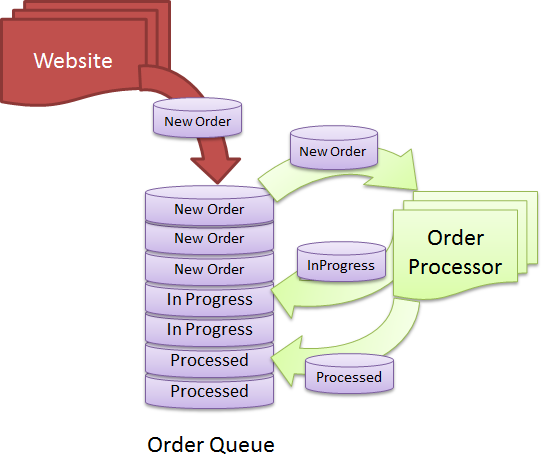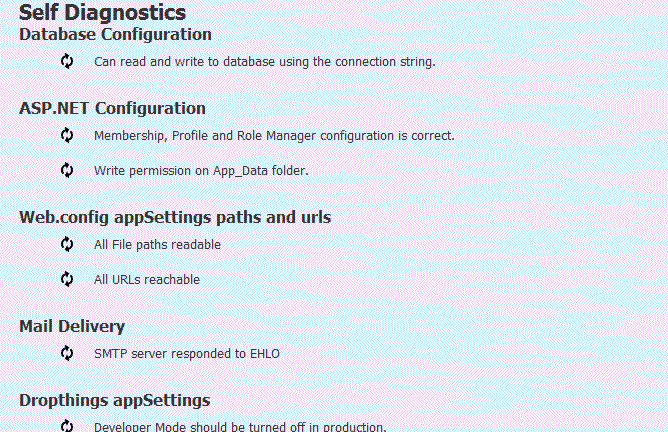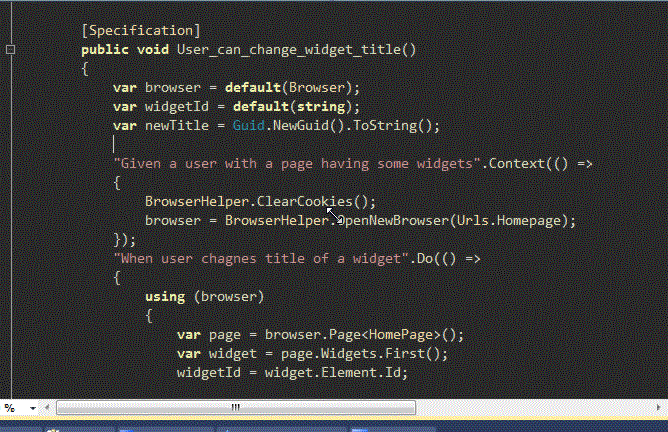User Story is suitable for describing what user needs but not what user does and how system reacts to user actions within different contexts. It basically gives product team a way to quantify their output and let their boss know that they are doing their job. As a developer, you can’t write code from user stories because you have no clue on what what is the sequence of user actions and system reactions, what are the validations, what APIs to call and so on. As a QA, you can’t test the software from user stories because it does not capture the context, the sequence of events, all possible system reactions. User stories add little value to dev lifecycle. It only helps product team understand how much work they have to do eventually and it helps finance team get a view on how much money people are talking about. But to UI designers, solution designers, developers, they are nothing but blobs of highly imprecise statements that leave room for hundreds of questions to be answered. The absence of “Context” and “Cause and Effect”, and the imprecise way of saying “As a…I want… so that…” leaves room for so many misinterpretations that there’s no way development team can produce software from just user stories without spending significant time all over again analysing the user stories. Software, and the universe eventually, is all about Cause and Effect. The Cause and Effect is not described in a user story.
Unlike user stories, the “Behavior” suggested by Behavior Driven Development (BDD) is a much better approach because the format of a behavior (Givencontext, When event, Then outcome), when used correctly, lets you think in terms of sequence of events, where the context, event and outcome are captured for each and every action user or system does, and thus works as a definite spec for designing the UI and architecture. It follows the Cause and Effect model, thus can explain how the world (or your software) works. It can be so precise that sometimes a behavior work as guideline for a developer to write a single function! Not just the develoeprs, even the QA team can clearly capture what action they need to perform and how the system should respond. However, to get the real fruit out of behaviors, you need to to write them properly, following the right format. So, let me give you some examples on how you can write good behaviors for UI, business layer, services and even functions and thus eliminate repeated requirement analysis that usually happens throughout the user-story driven development lifecycle.
Read more about how user stories suck and if behavior is used throughout the development lifecycle, it can greatly reduce repeated requirement analysis effort and can make the communication between product, design, development and QA team much more effective:
http://www.codeproject.com/KB/architecture/userstorysucks.aspx
If you like it, vote for it!





